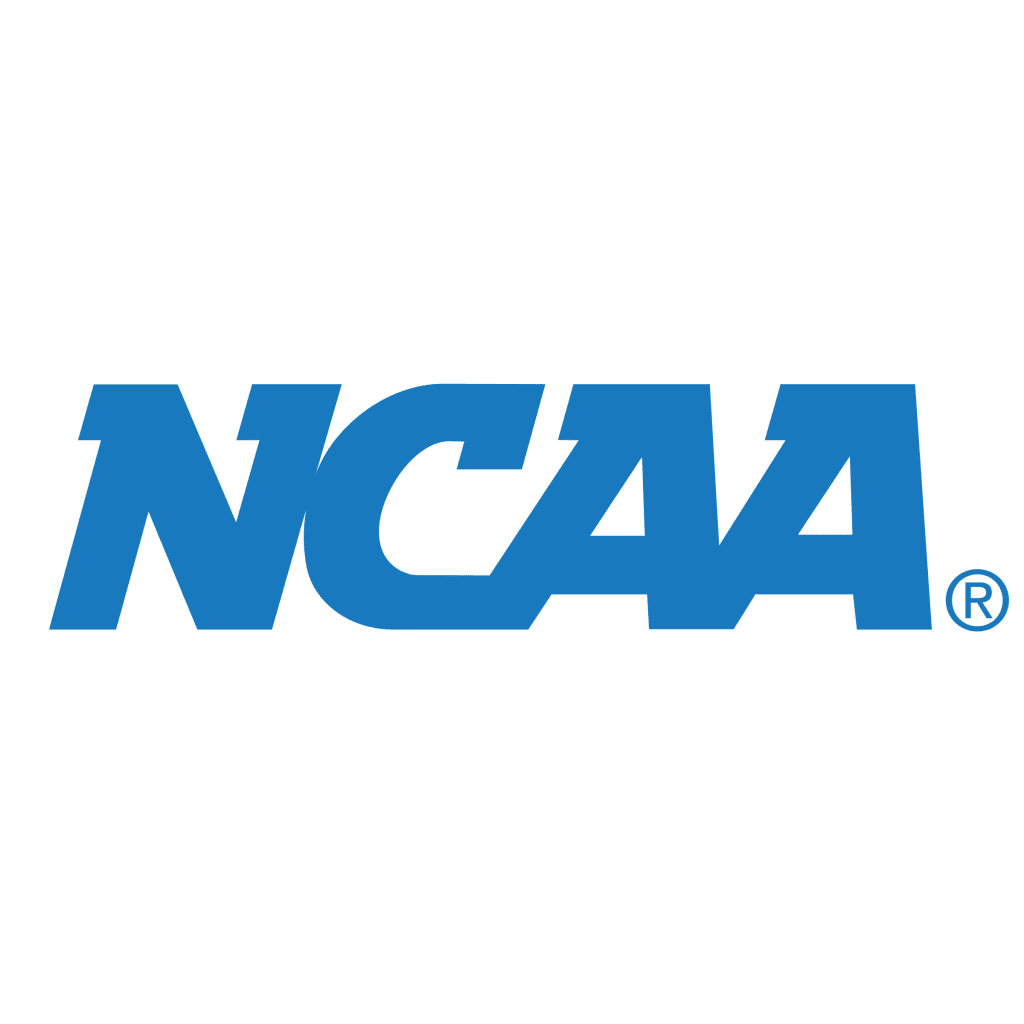There are some good things happening this off-season in the college basketball coaching ranks for both Black men and women. It seems now that schools are beginning to look not only at Black assistants working at major colleges but also those who’ve done well at HBCUs. Even thought there’s still nothing close to even in terms of the percentage of Black players vs. coaches, the numbers are improving, and some fresh faces are taking advantage of that.
schools are beginning to look not only at Black assistants working at major colleges but also those who’ve done well at HBCUs. Even thought there’s still nothing close to even in terms of the percentage of Black players vs. coaches, the numbers are improving, and some fresh faces are taking advantage of that.
For example, Toyelle Wilson, who was head coach at Prairie View A&M, was hired by Southern Methodist. Semeka Randall Lay, who was a head coach at Alabama A&M, was hired full time by Winthrop. Both came from HBCUs and now are leading programs at predominantly white institutions. Overall, eight of the 17 Division I head-coaching hires (47%) in women’s basketball have been Black and seven have been Black women, including two of the five Power 5 vacancies.
On the men’s side, 25 of the 49 (51 percent) Division I head-coaching hires have been Black, including seven of 13 in the Power 5, plus the Big East. Now that still doesn’t change the basic numbers, but those aren’t nearly as dismal as they were even 10 years ago. According to the NCAA Demographics Database in 2019-20, Black players accounted for 56 percent of all players. Black assistant coaches accounted for 48 percent of all assistants. But on the head coaching level, Blacks only represented 28 percent of all head coaches.
Another new hire is Vanessa Blair-Lewis at George Mason. Blair-Lewis has had enormous success at Bethune-Cookman, another HBCU. Despite their not participating in the past season due to COVID-19, during Blair-Lewis’ tenure the Lady Wildcats won 69 percent of their games. They were even more dominant in the MEAC, going 68-12.
Blair-Lewis wants others to know that being an HBCU coach shouldn’t be regarded as an obstacle or a lesser job. “That is a conversation I’ve had with some young coaches that look like me,” she told ESPN’s The Undefeated website. “I think our student-athletes are the ones that miss the opportunity to be coached by some of the youngest, the best and the brightest, and not just African Americans [should] go to HBCUs, I encourage everyone.”
Hubert Davis is now the new head coach at North Carolina after several years of being an assistant. Leonard Hamilton may be the most unsung great head coach on the college scene. He’s been coaching 34 years. This past season he took the Florida State Seminoles to his fifth Sweet 16, and the third straight Sweet 16 for the Seminoles. Hamilton expresses a degree of optimism about the future.
“It’s obvious that this is a year that a lot of qualified guys got some tremendous opportunities, more so than in the past,” Hamilton said. “You’d like to think that guys are preparing themselves more and are becoming more attractive for some of the better jobs in the country. Let’s hope that the climate is changing.”
Black coaches in both men’s and women’s basketball also know they often face backlash from those who think they’ve just been hired as recruiters. Black women have the added difficulty of sex discrimination in coaching hires that have historically limited opportunities for women coaches period, and Black women in particular.
As an SEC and NCAA title winner, South Carolina’s Dawn Staley offers particular expertise and wisdom on the subject of Black coaches. “I know there’s some people who aren’t in favor of what’s taking place because it’s taking jobs from what the numbers looked like before these Black coaches got the jobs. So, you know, move over. There’s enough room for everybody to be represented and I’m happy that the ADs and the presidents who are making these hires, if they’ve been out there for diversity and inclusion, they’re putting their money where their mouth is, then that’s a great thing.”
“It’s nothing against a white coach or a male coach, it’s nothing, truly, against them. It is everything [about] giving Black people, Black coaches an opportunity to run programs. And for the [Black coaches], you gotta do right, you gotta be prepared, you have to make sure that you’re not just a number, you are part of the change that must continue to trend this way.”
Truer words have seldom been spoken.



